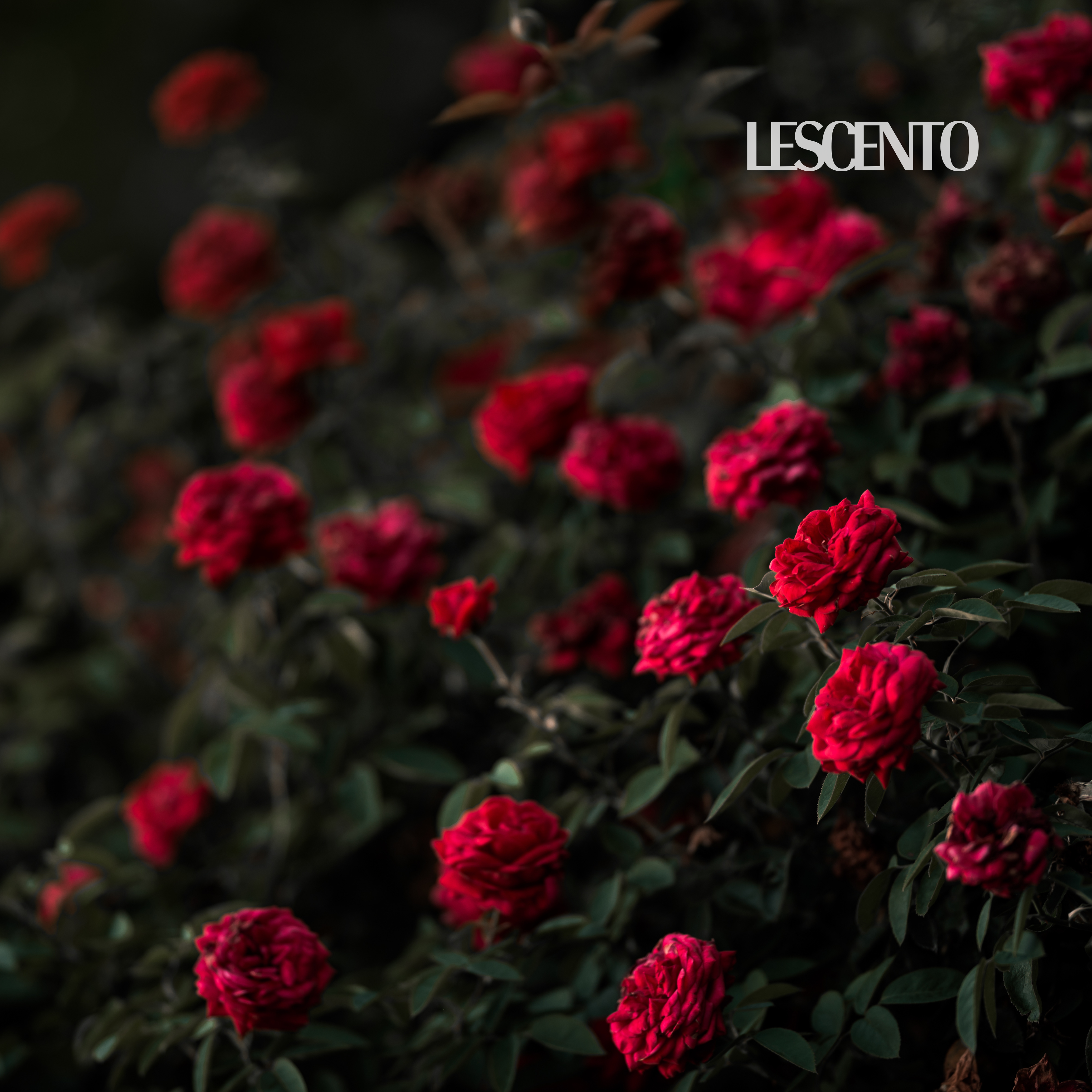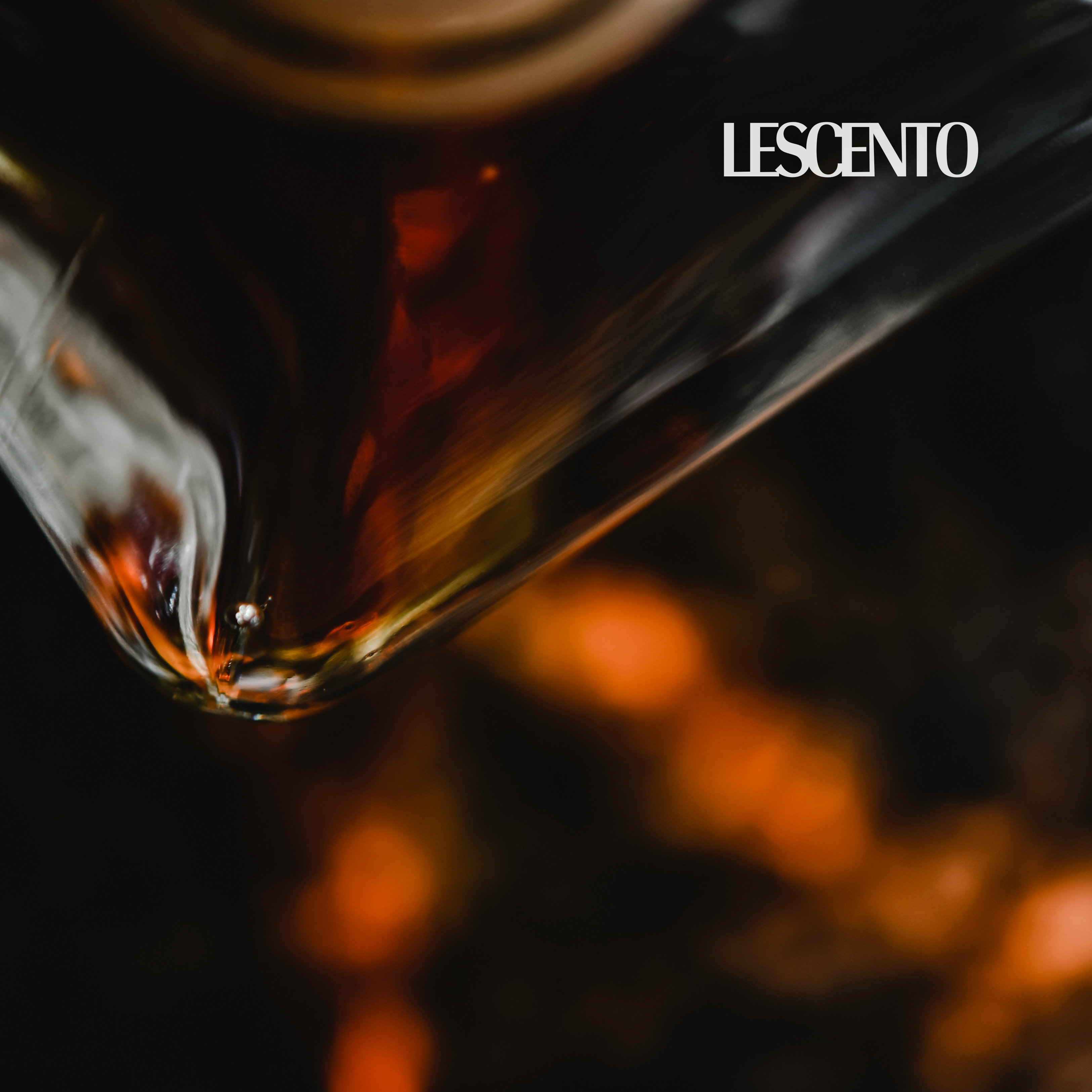
The Timeless Muse: Rose in Perfumery
The rose, nature’s most eloquent whisper has long been more than a flower. It is an emblem of love, a keeper of secrets, a scent etched into memory. In perfumery, rose is not just a note; it is a universe unto itself, constantly reinterpreted by generations of perfumers seeking both beauty and truth.
A Fragrant Legacy: The Rose Through Time
The journey of rose in fragrance begins in the rituals of ancient civilizations. In ancient Persia, roses were distilled into rosewater and used in spiritual rituals and courtly ceremonies. Cleopatra, the original seductress of scent, filled her palace with rose petals to bewitch Mark Antony. Roman emperors bathed in rose water and carpeted banquet halls with petals, believing the scent evoked both luxury and divine favor.
By the Middle Ages, rose was a practical necessity, used to mask odors and purify the air. Monks in monasteries grew roses for medicinal and aromatic use. During the Renaissance, rose became a symbol of sophistication, favored by royalty and the elite, who commissioned rose perfumes and oils as signatures of status. In Grasse, France, the cradle of modern perfumery, roses were cultivated in abundance, setting the stage for centuries of olfactory artistry.
As perfumer Serge Lutens once said, “The rose is the Queen of Flowers and like a queen, she must be treated with awe, but also reimagined with daring.”
Not All Roses Smell the Same
In nature, there are over 30,000 varieties of rose, yet only a few are prized in perfumery. Each offers its own distinct interpretation of beauty.
-
Rosa Damascena (Damask Rose): Perhaps the most iconic, Damask rose is grown in Bulgaria’s Valley of Roses, Turkey, and Iran. Its scent is rich, opulent, slightly spicy, and deep. Often referred to as the “mother of all roses” in perfumery, it is used in both oil and absolute form.
-
Rosa Centifolia (Cabbage Rose): Grown in Grasse, France, it is prized for its delicate, honeyed, powdery aroma. Its name, meaning “hundred-petaled,” reflects its lush, soft appearance and scent.
-
Taif Rose: Native to Saudi Arabia and harvested before dawn, the Taif rose is fresh, bright, and luminous. Its high altitude and climate yield a fragrance that is airy and refined, almost silken.
Other lesser-known yet fragrant roses include the Gallica rose (historically used in medieval Europe) and wild tea roses, which carry more herbal or green tones. As a raw material, rose can shift powdery, green, fruity, spicy, earthy, or even leathery depending on origin, method of extraction, and blending.
The Alchemy of Extraction
To extract the soul of a rose is to practice botanical alchemy. It takes approximately 60,000 petals to create just one ounce of rose oil.
There are two primary methods of extraction:
-
Steam Distillation produces Rose Otto, a clear, warm, somewhat herbal oil known for its freshness and purity.
-
Solvent Extraction results in Rose Absolute, more complex, dense, and honeyed in scent. This method preserves more of the delicate and sensual facets of the rose.
Modern niche perfumery often uses both forms to create multi-dimensional rose accords. Some perfumers, like Dominique Ropion and Francis Kurkdjian, blend rose with surprising notes like aldehydes, incense, leather, or even ink to push its boundaries. Kurkdjian once remarked, “The rose is a universal language, what you pair it with decides whether it whispers or roars.”
Rose Reinvented: The Modern Rose
The 20th century saw rose used in iconic feminine fragrances such as Guerlain’s Nahema, Lancôme’s Trésor, and Yves Saint Laurent’s Paris. But in recent decades, the rose has undergone a bold renaissance. No longer confined to a soft floral box, it now stands unisex, smoky, spicy, and metallic.
Today’s perfumers explore rose in abstract, genderless, or androgynous compositions. Blended with oud, saffron, pepper, or even mineral notes, rose becomes mysterious, edgy, and contemporary. It no longer represents a bouquet, it can represent the sharpness of heartbreak, the wildness of a storm, or the intimacy of skin after rain.
“Perfume is the most intense form of memory,” wrote Jean Paul Guerlain. And when that memory carries rose, it becomes timeless.
ROSX Eau De Parfum by LESCENTO – A Rose Garden After Rain
Among these modern interpretations stands ROSX by LESCENTO, a fragrance that doesn’t merely smell like rose, it conjures an entire world around it. ROSX captures the atmosphere of a rose garden just after the rain, not just the petals, but the soil, the mist, the air, and the light.
It opens with the unexpected heat of cumin, like the earthy steam rising from damp ground. Bulgarian rose blooms into the picture lush, fresh, and touched by rainfall. In the heart, jasmine sambac offers a green and slightly sultry twist, like the tangled vines and wet leaves glistening under stormlight.
Patchouli and cedarwood bring grounding: the scent of wet bark, roots, and shaded garden paths. As the fragrance settles, vanilla absolute and benzoin bring warmth, mimicking the first golden rays of sun breaking through. Musk lingers, soft and atmospheric, like dew drying on skin and petal alike.
This is not a rose in isolation, it is a full garden in motion. Raw, rain-kissed, and quietly alive. A moment captured in scent intimate, atmospheric, and deeply emotive.
The rose remains the soul of perfumery. It speaks across centuries and continents, carrying with it a vocabulary of emotions no words can fully express. Whether dressed in velvet or clothed in shadow, the rose is always becoming, reinvented, reimagined, yet forever revered.
To smell a true rose fragrance is not simply to enjoy a perfume. It is to walk through time, through memory, and through the invisible garden that blooms wherever scent lingers.


